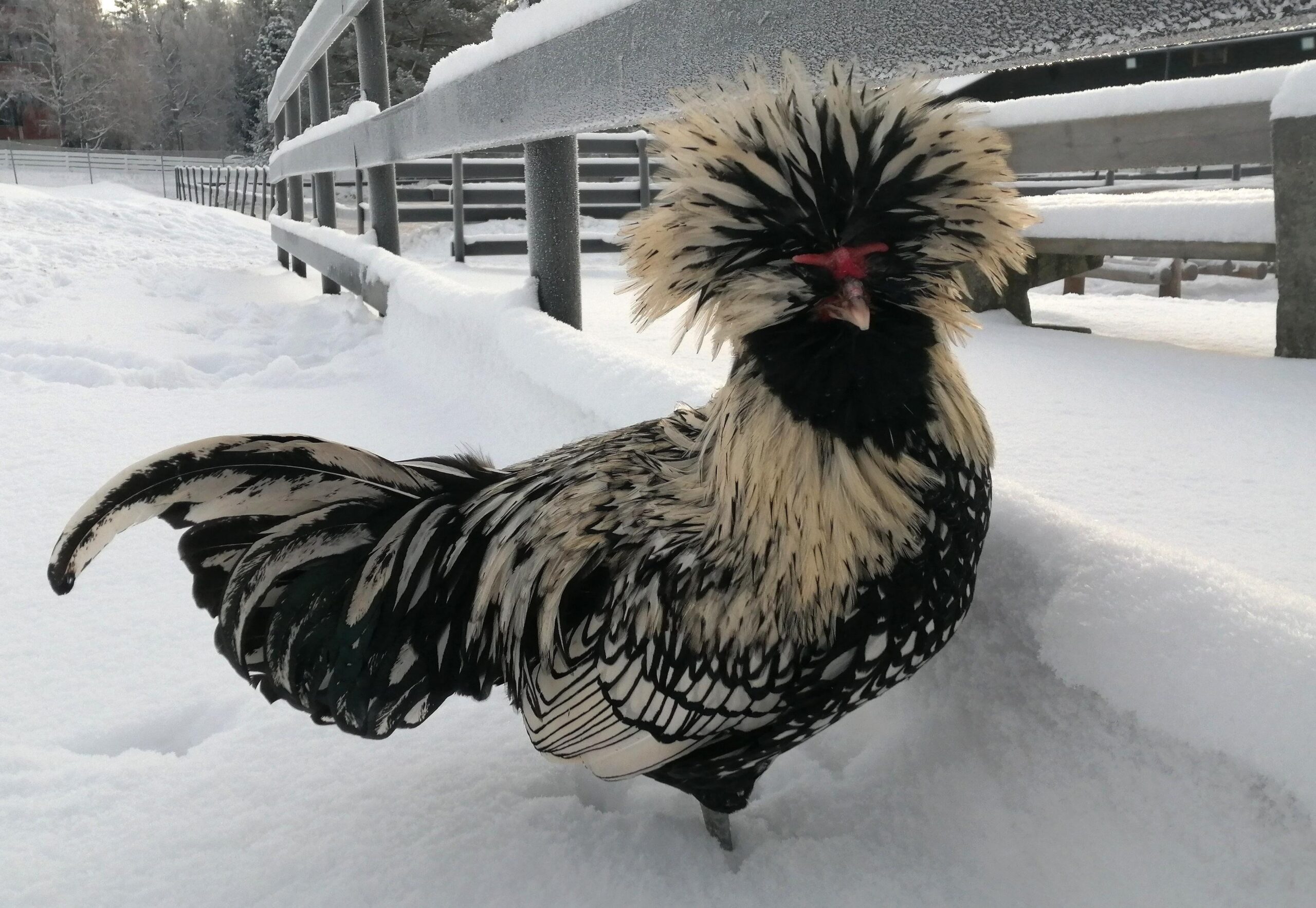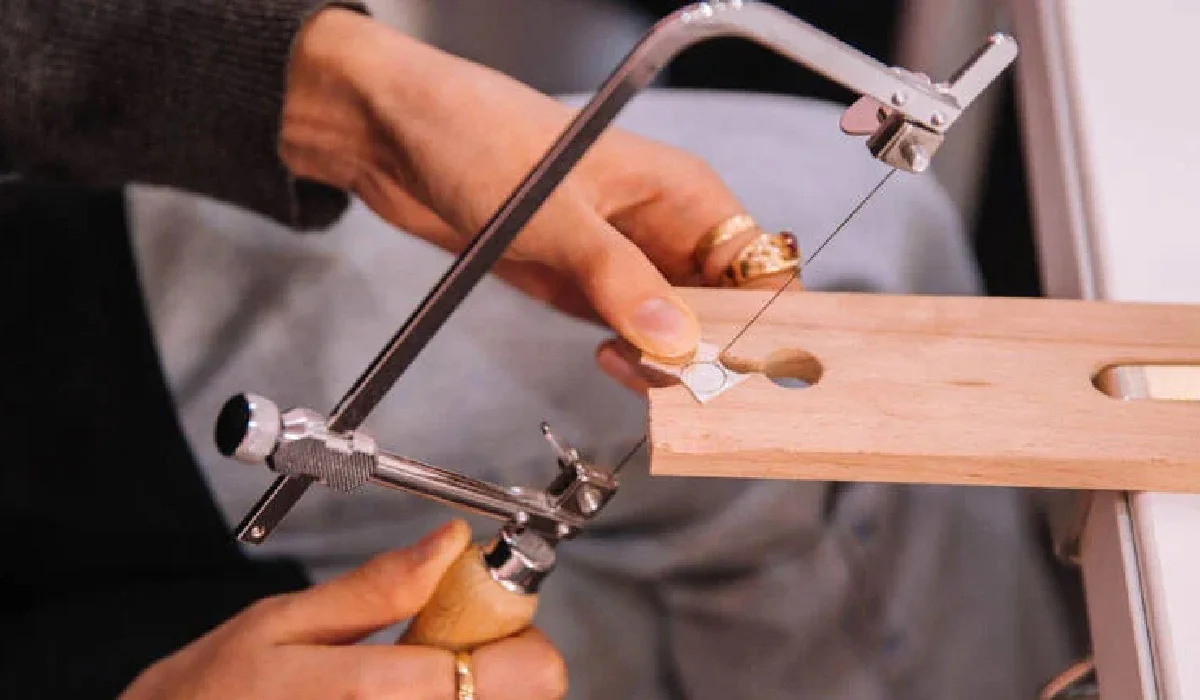The Padovana chicken, known for its ornate crest and captivating history, is a heritage breed that hails from Italy. Revered not only for its striking appearance but also for its ancient lineage, the Padovana chicken is a true gem in the world of poultry. With its curious looks, gentle nature, and deep cultural roots, the Padovana continues to enchant breeders, backyard enthusiasts, and historians alike. This article explores the fascinating origins, characteristics, care requirements, and cultural significance of the Padovana chicken.
Origins and Historical Background
The Padovana chicken, also called Padovana Pura, is believed to have originated in Padua, a historic city in northern Italy. Its roots can be traced back to the Middle Ages, possibly introduced by traders from Asia or Eastern Europe. One prevailing theory suggests that it shares ancestry with the Polish and Houdan breeds, due to similarities in appearance—particularly the large crest of feathers on the head and beard.
The Padovana is featured in numerous 16th and 17th-century Italian artworks, including paintings by famous artists like Giovanni Agostino da Lodi, attesting to its longstanding presence in the region. It was also mentioned in early poultry literature, where it was prized for its beauty and uniqueness.
Distinctive Appearance
One of the Padovana’s most recognizable features is its large feathered crest, which gives it a regal and almost comical look. This crest, combined with a full beard and muffs, makes it stand out from other chicken breeds. The crest grows in a rounded shape, often covering the eyes partially or completely.
Unlike many modern ornamental breeds, the Padovana has no comb on its head—a trait that distinguishes it from its Polish relatives. Instead, it has a small V-shaped or horn-like comb, which is usually hidden beneath the crest.
The breed comes in several color varieties, including:
- White
- Black
- Gold
- Silver-laced
- Chamois
- Blue
Each color variety is striking in its own way, with iridescent feathers, especially in the black and blue variants.
Behavior and Temperament
Despite their fancy looks, Padovana chickens are hardy, adaptable birds. They are known for being:
- Calm and gentle: Their docile nature makes them suitable for families and backyard flocks.
- Curious and intelligent: They enjoy foraging and interacting with humans, though they can be shy.
- Flighty at times: Their limited vision due to their crest can make them jumpy or easily startled, so a secure and familiar environment is ideal.
The breed can live well in both confined coops and free-range settings, although free-ranging requires caution due to their obscured vision, which can make them vulnerable to predators.
Egg Production and Utility
While primarily considered an ornamental breed, the Padovana chicken also offers modest egg production. Hens typically lay around 120–150 medium-sized white eggs per year. Though not prolific layers compared to commercial breeds, Padovana hens are consistent and reliable once they start laying.
They are not commonly used for meat, as their size is moderate and their primary value lies in their aesthetics and historical prestige.
Interestingly, Padovana hens are not generally broody, which can be a downside for those looking to breed naturally. However, their eggs can be incubated artificially or under broody hens of other breeds.
Caring for Padovana Chickens
Raising Padovana chickens is not especially difficult, but their unique feathering requires some additional care:
- Crest Maintenance: The large crest can become dirty or waterlogged in rainy weather. Owners should provide a dry coop and monitor for infections, such as mites or lice.
- Limited Vision Issues: Since their feathers may block their eyesight, they can struggle to find food or navigate obstacles. Some keepers trim the crest gently to improve visibility.
- Cold Tolerance: Despite their Mediterranean roots, Padovana chickens are reasonably cold-hardy. Their small combs mean they are less susceptible to frostbite, but care should still be taken during extreme winters.
- Social Needs: They thrive in small flocks and enjoy companionship. Keeping them with other docile breeds prevents bullying, especially since their limited vision puts them at a disadvantage in pecking order disputes.
Preservation and Rarity
The Padovana chicken is considered a rare and protected heritage breed in Italy. Efforts have been made by enthusiasts and breed conservationists to preserve its genetic lineage and prevent extinction.
Several Italian breeders, especially in the Veneto region, actively promote the Padovana through poultry shows and exhibitions. The breed is included in conservation programs and recognized by organizations promoting biodiversity in agriculture.
Outside of Italy, the Padovana is relatively unknown, but it is slowly gaining attention among poultry hobbyists and breeders across Europe and North America. Its exotic appearance and storied past make it a conversation piece in any flock.
Cultural Significance
The Padovana is more than just a pretty bird—it’s a living piece of history. In Padua and other Italian cities, it is celebrated as a symbol of local heritage and rural tradition. Its image appears in regional emblems, artisan crafts, and promotional material for agro-tourism.
Local fairs and exhibitions often include Padovana chickens as part of their showcases, attracting tourists and poultry lovers who are fascinated by the breed’s beauty and history.
The Padovana also represents a cultural bridge between past and present, reminding modern societies of the importance of preserving biodiversity and appreciating traditional agricultural breeds.
Why Choose Padovana Chickens?
For poultry enthusiasts, the Padovana offers several compelling benefits:
- Striking beauty and uniqueness: Perfect for exhibitions and ornamental flocks.
- Docile temperament: Ideal for small homesteads and families.
- Heritage value: Owning a Padovana supports conservation efforts.
- Moderate egg production: A reliable layer, even if not a top performer.
If you’re looking to add a historic, elegant, and charming breed to your backyard flock, the Padovana chicken is a standout choice.
Conclusion
The Padovana chicken is a breed that gracefully blends form and function with history and personality. Its noble appearance, fascinating lineage, and calm demeanor make it a true treasure among poultry breeds. Though it may require a bit of extra care, especially concerning its feathered crest, the rewards of raising Padovana chickens are well worth the effort.
Whether you’re a heritage breed enthusiast, a hobbyist breeder, or someone simply drawn to the unique and beautiful, the Padovana is a breed that will capture your heart and elevate your flock.
FAQs
Q1: Are Padovana chickens good for beginners?
Yes, they are relatively easy to care for, but beginners should be aware of their unique grooming needs due to the crest.
Q2: How long do Padovana chickens live?
With proper care, Padovana chickens can live 6 to 10 years, depending on health and living conditions.
Q3: Can Padovana chickens be kept with other breeds?
Yes, but it’s best to house them with similarly docile breeds to avoid bullying due to their impaired vision.
Q4: Do Padovana roosters crow loudly?
They have a typical crowing sound, but their crest and beard may slightly muffle it. They are not especially loud compared to other breeds.
Q5: Where can I buy Padovana chickens?
Padovana chickens are mainly found in Europe, especially Italy. Specialized breeders and heritage poultry farms may offer them in limited quantities.
Ask ChatGPT











